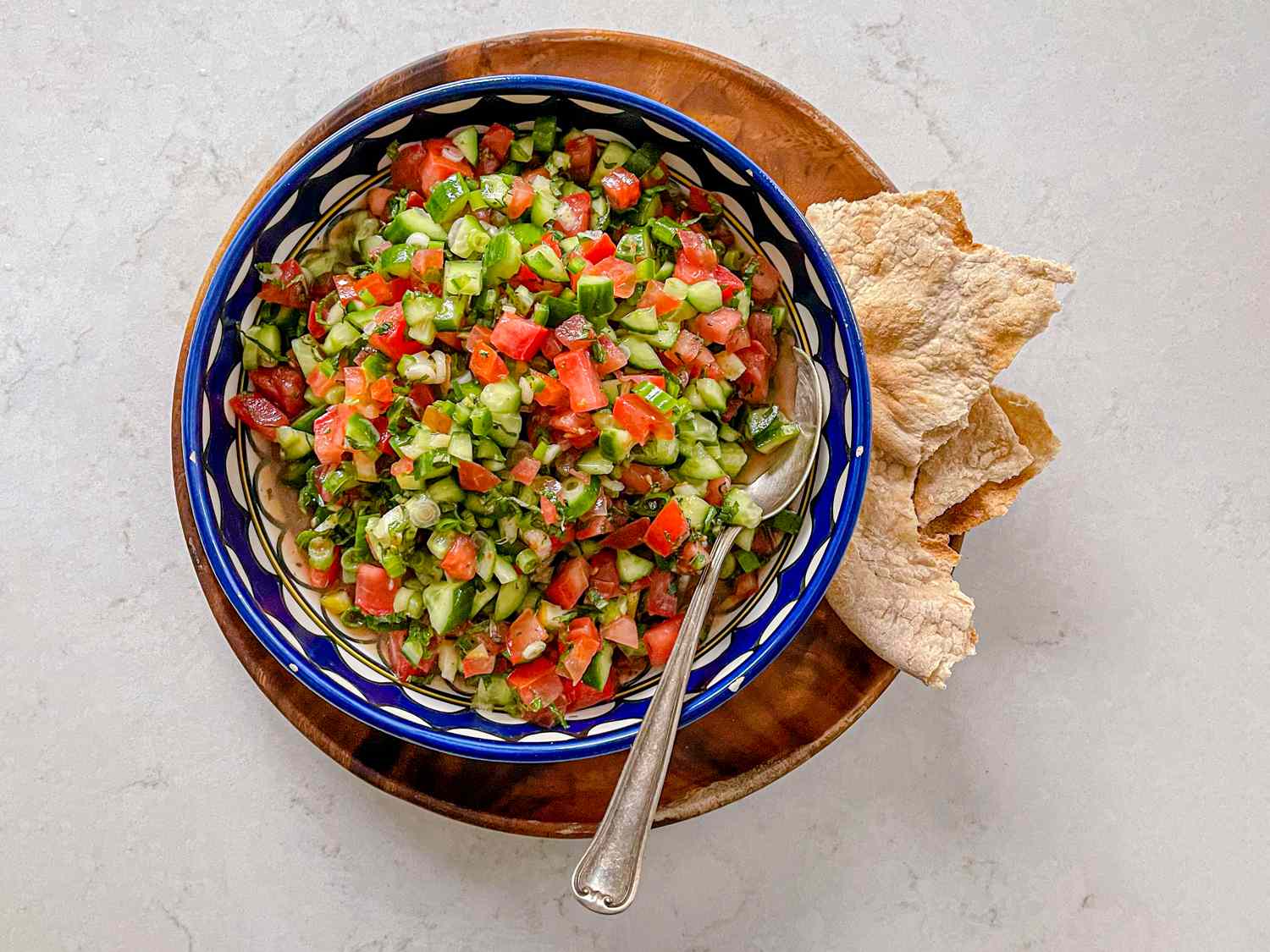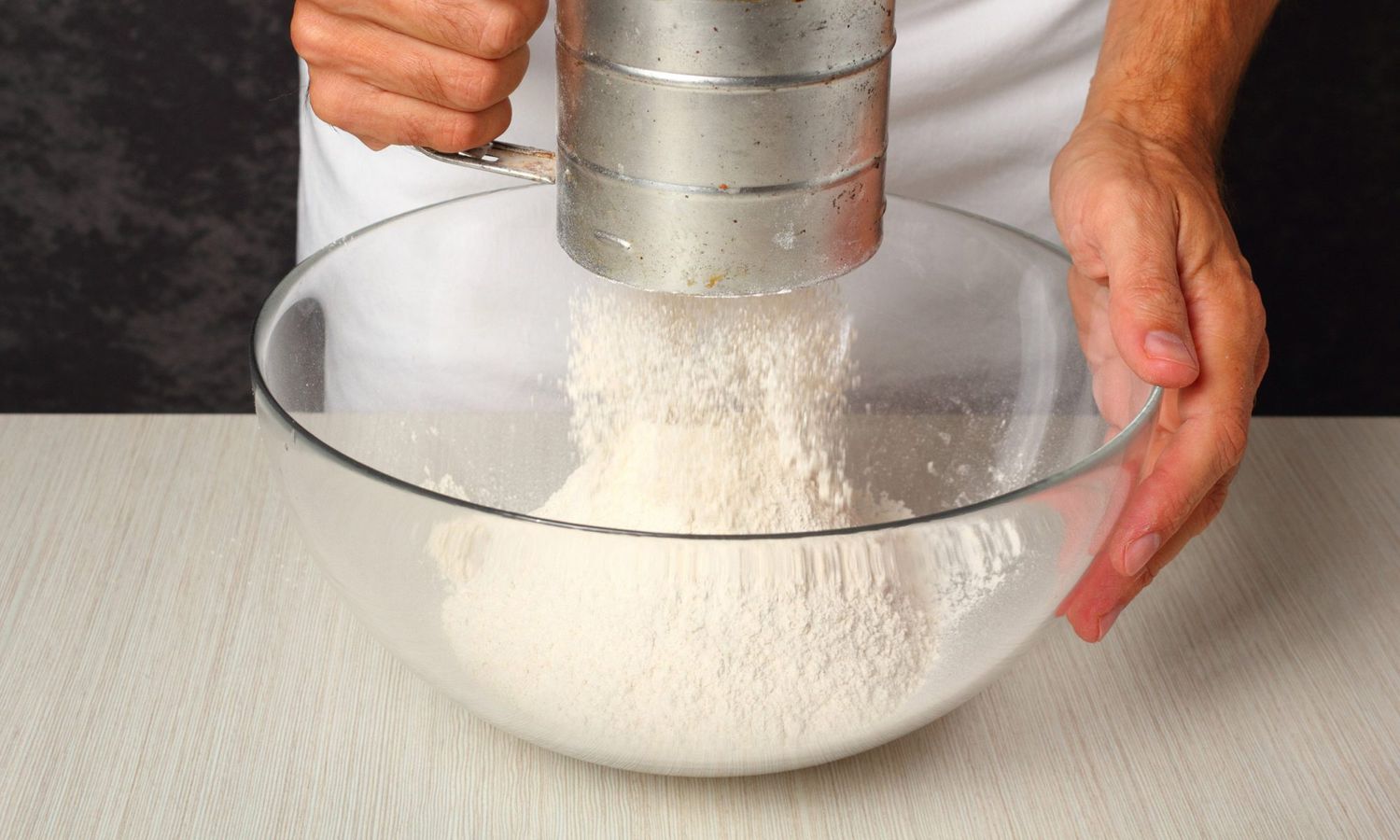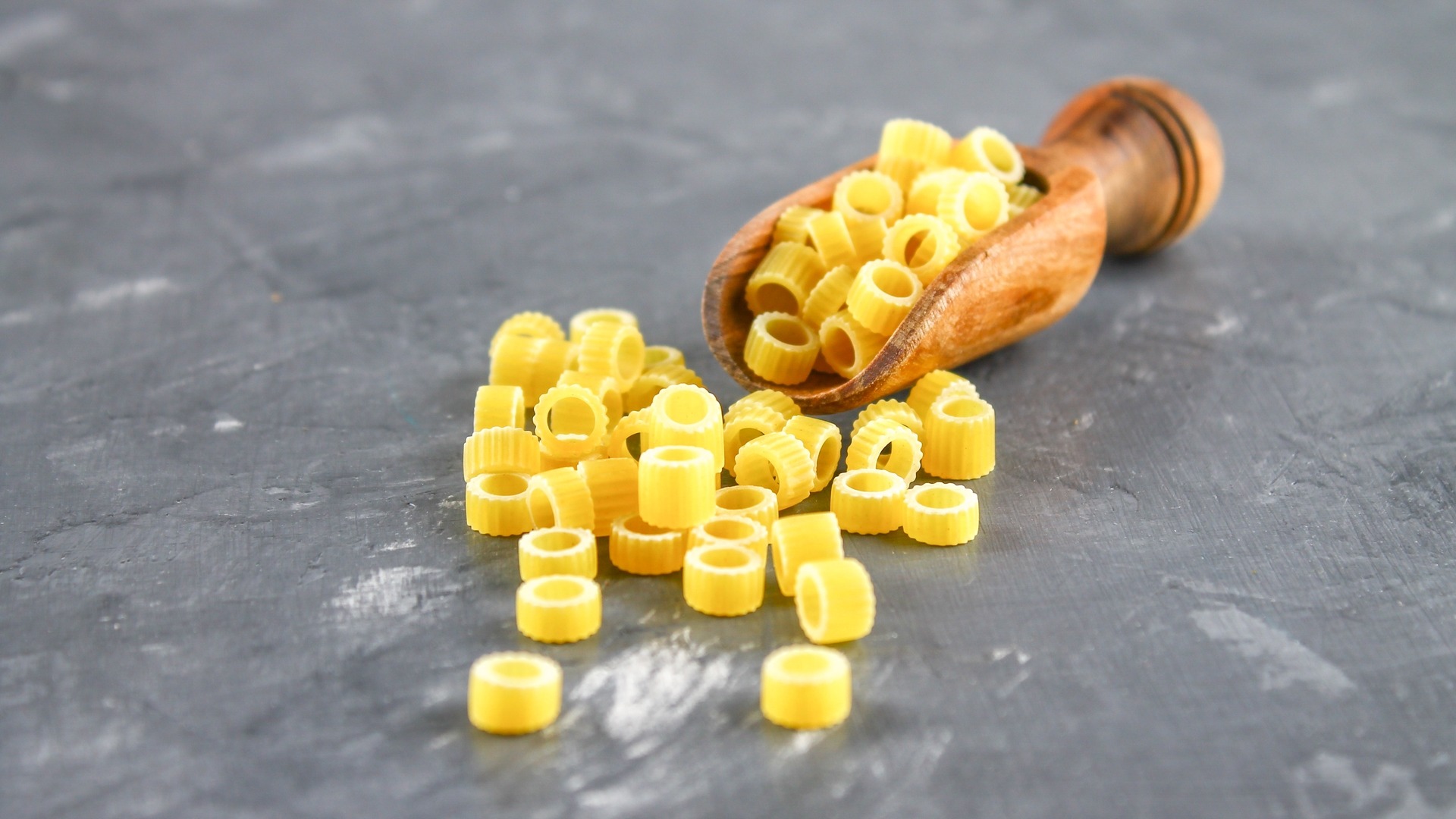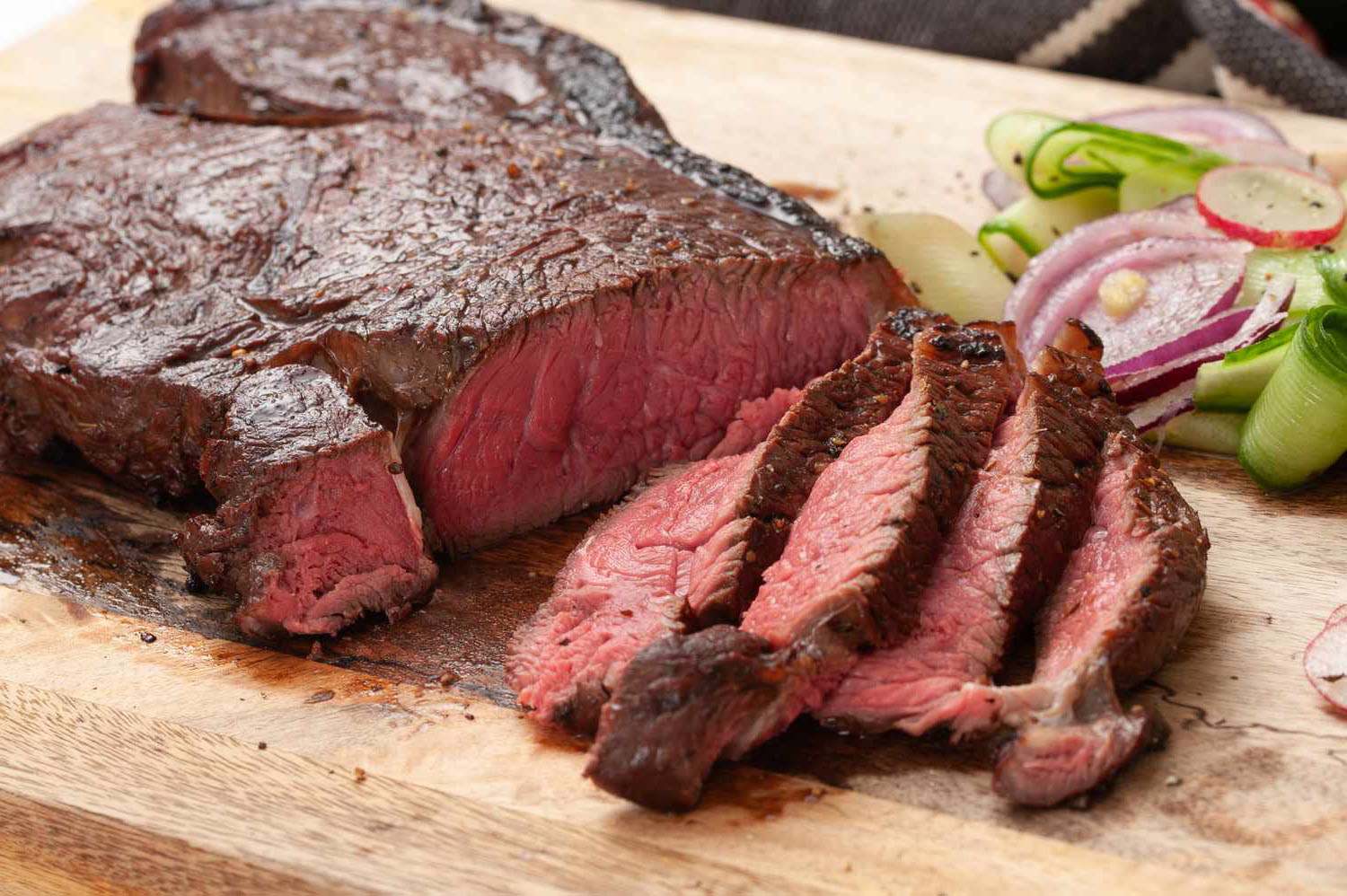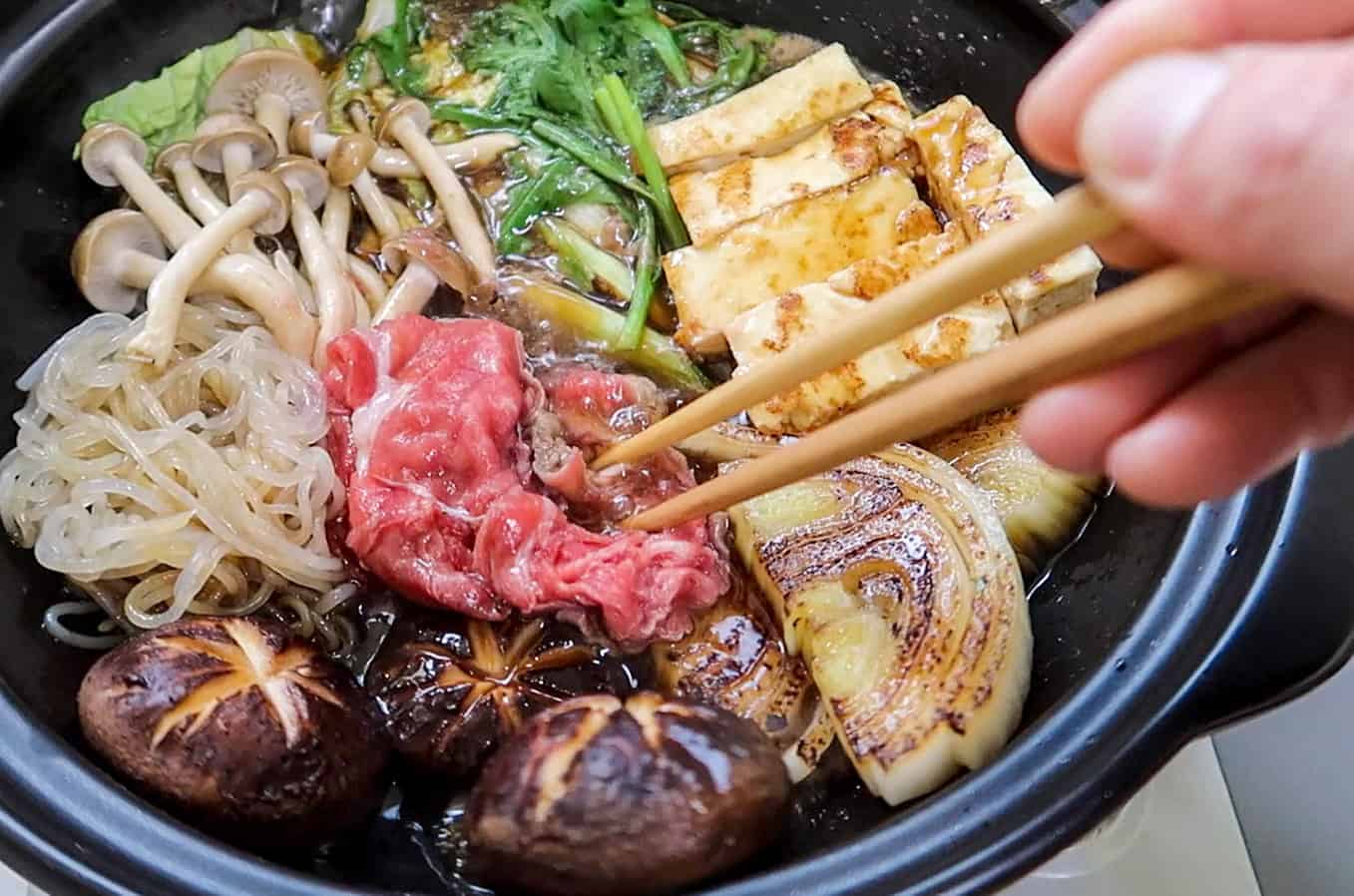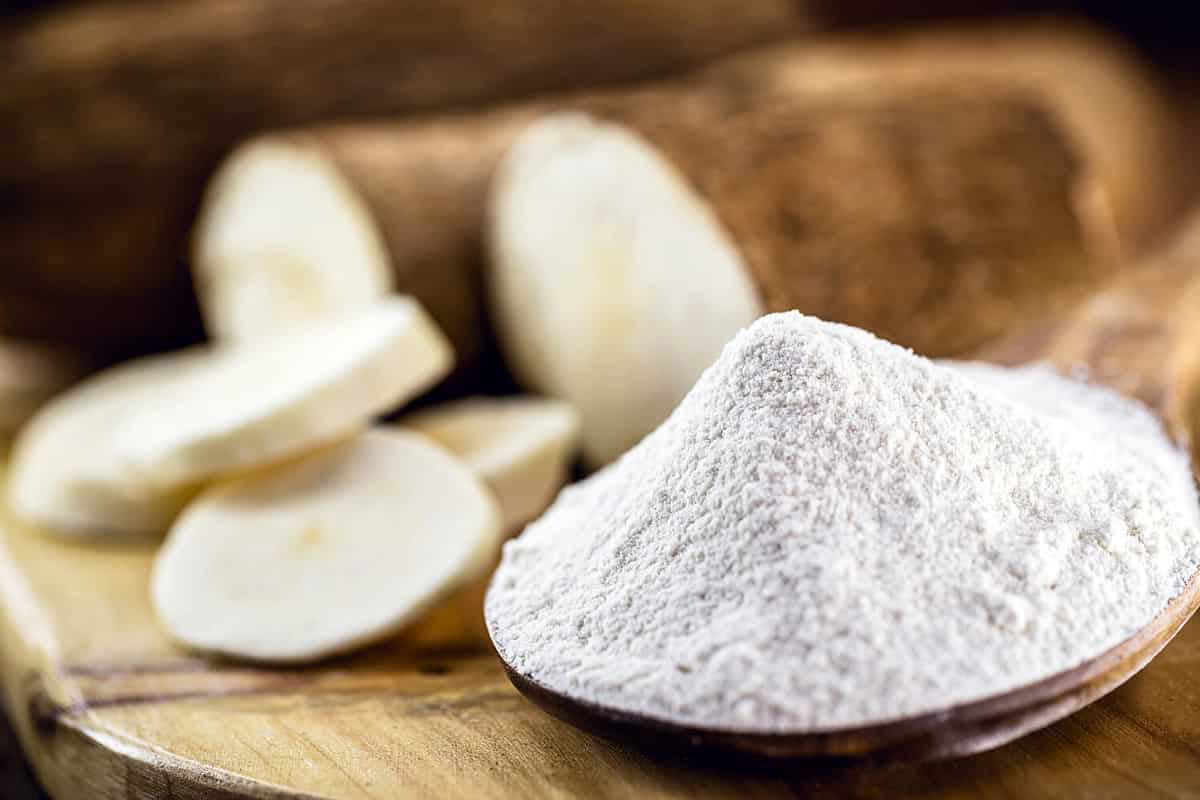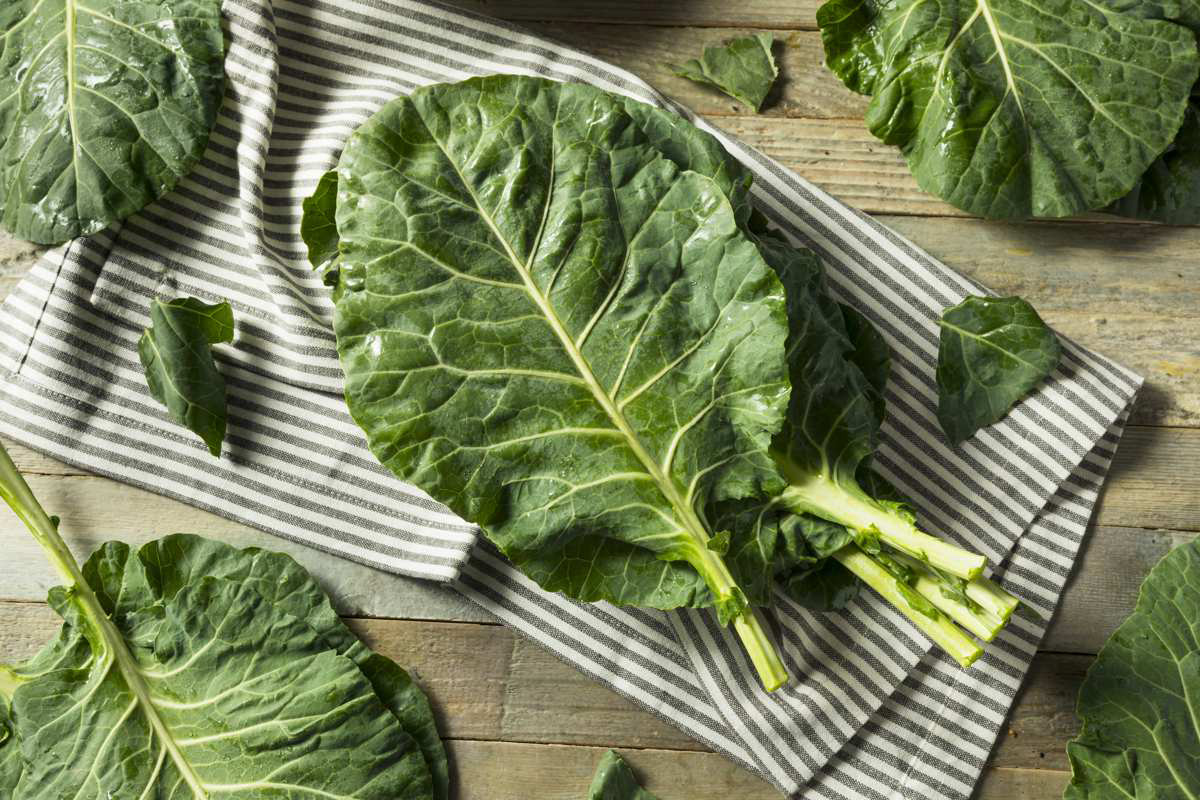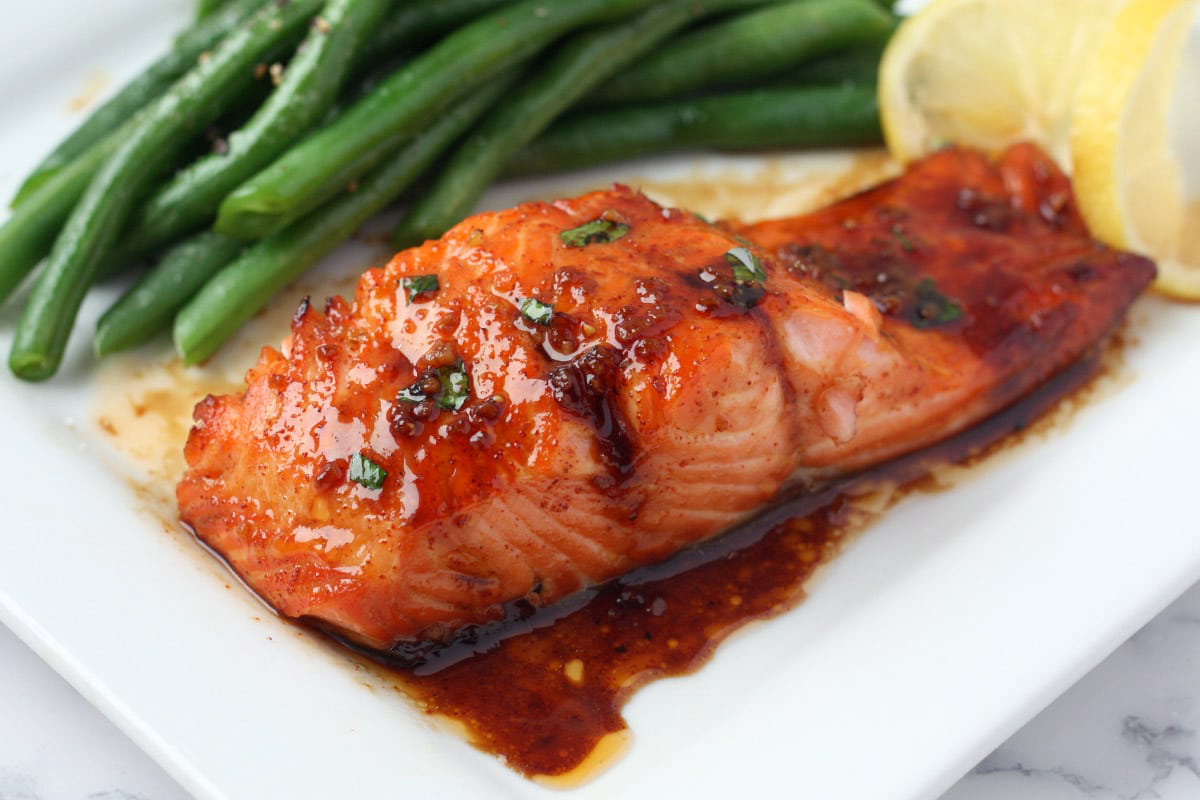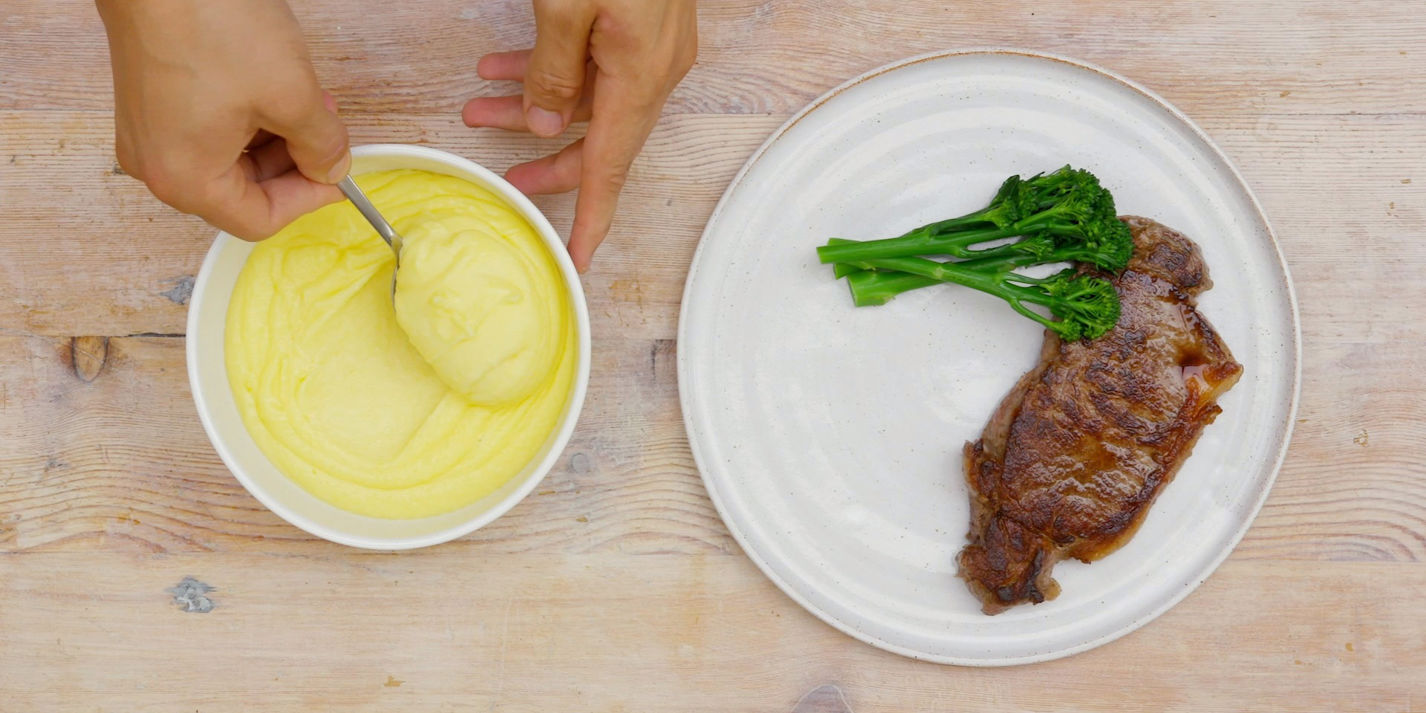Discovering the Delightful Delicacy of Guanciale
Have you ever heard of guanciale? If you’re a fan of Italian cuisine, you may have come across this delicious ingredient in some of your favorite dishes. But for those who are new to the world of Italian cooking, guanciale may be a bit of a mystery. Let’s delve into the world of guanciale and uncover what makes it such a special and sought-after ingredient.
What is Guanciale?
Guanciale is a type of Italian cured meat that comes from the pork jowl or cheek. It is a flavorful and fatty cut of meat that is often used in traditional Roman dishes such as pasta all’amatriciana and spaghetti alla carbonara. Unlike pancetta, which is made from pork belly, guanciale has a rich and intense flavor that adds a unique depth to dishes.
How is Guanciale Made?
The process of making guanciale is relatively simple, but it requires time and patience to achieve the perfect flavor and texture. The pork jowl is seasoned with salt, pepper, and sometimes other spices such as garlic and thyme. It is then left to cure for several weeks, allowing the flavors to develop and the meat to take on a firm texture.
Why is Guanciale Special?
Guanciale is prized for its rich, porky flavor and its melt-in-your-mouth texture. When cooked, it renders a delicious fat that infuses dishes with a savory, umami-packed taste. Its unique flavor profile sets it apart from other cured meats, making it a favorite among chefs and food enthusiasts alike.
How to Use Guanciale in Cooking
Guanciale is a versatile ingredient that can be used in a variety of dishes to add depth and richness. Here are a few popular ways to use guanciale in your cooking:
- Pasta all’Amatriciana: This classic Roman pasta dish features guanciale, tomatoes, and pecorino cheese for a simple yet flavorful meal.
- Spaghetti alla Carbonara: Guanciale is a key ingredient in this beloved pasta dish, where it is combined with eggs, cheese, and black pepper to create a creamy and indulgent sauce.
- Charcuterie Boards: Thinly sliced guanciale makes a delicious addition to any charcuterie board, adding a rich and savory element to the spread.
Where to Find Guanciale
While guanciale may not be as readily available as other cured meats, it can often be found at specialty Italian markets, butcher shops, or gourmet food stores. If you’re unable to find guanciale locally, it can also be purchased online from various suppliers.
In Conclusion
Guanciale is a truly special ingredient that adds a unique flavor and richness to a variety of dishes. Its rich, porky flavor and melt-in-your-mouth texture make it a favorite among chefs and home cooks alike. Whether you’re using it in a classic Roman pasta dish or incorporating it into a charcuterie board, guanciale is sure to elevate your culinary creations to new heights.
So, the next time you’re looking to add a touch of Italian flair to your cooking, consider reaching for some guanciale and experience the delicious difference it can make.
Was this page helpful?
Read Next: What Is Fruit Salad

